Key insights:
Ongoing damage to the Radwan unit’s command backbone. As of now, four senior commanders of the unit—Abbas Muhammad Raad, Wassam al-Tawil, Ali Muhammad al-Dabas, and Hassan Mahmoud Saleh—have sustained injuries. The obvious question is, how do these injuries affect the unit’s performance over time?
Hezbollah’s shelling of civilian towns in Israel has increased by 100 percent over the last week. Our conclusion is that the escalation in Hezbollah attacks follows Nasrallah’s equation of harm to civilians vs. harm to civilians.
In our estimation, Hezbollah’s use of multiple barrel launchers has become more evident in recent weeks.
The Lebanese arena:
War figures:

In Israel, the government evacuated 43 communities, for a total of about 61,000 citizens, located within five kilometers of the Lebanese border. To them were added several thousand more who decided to evacuate independently. Some of the evacuees who vacated voluntarily and a small portion of those evacuated in communities evacuated by government order have begun returning in recent weeks. However, the evacuated communities lack the necessary conditions to resume daily life, such as business and communal activities, as well as a children’s education system. The Israeli government has extended the evacuation period until the summer of 2024 (July/August 2024).
It should be noted that not all Israeli communities have been totally evacuated, and there is still a civilian presence. This is because these communities rely on tourism and agriculture. Farmers come to work on the land, in the orchards, and with the cow and goat herds. Furthermore, some of the communities’ industrial plants are still operational and employ workers from non-evacuated areas. Hezbollah has killed five Israeli citizens thus far.
Hezbollah claimed responsibility for 56 rocket attacks on Israeli territory during the last week, utilizing Grad, Burkan, Falk-1 missiles, and UAVs.
Sixteen times, rockets were fired at civilian targets using UAVs, anti-tank missiles, and Grad missiles at the communities of, Arbel, Bustan-Hagalil, Metula, Kfar Yuval, Avivim, Matsuva, Manara, and Malkiya.
On February 19, Hezbollah launched an explosive UAV into the area of Tiberias. The UAV fell and exploded in the area of the Arbel without casualties or damage. No responsibility was taken.
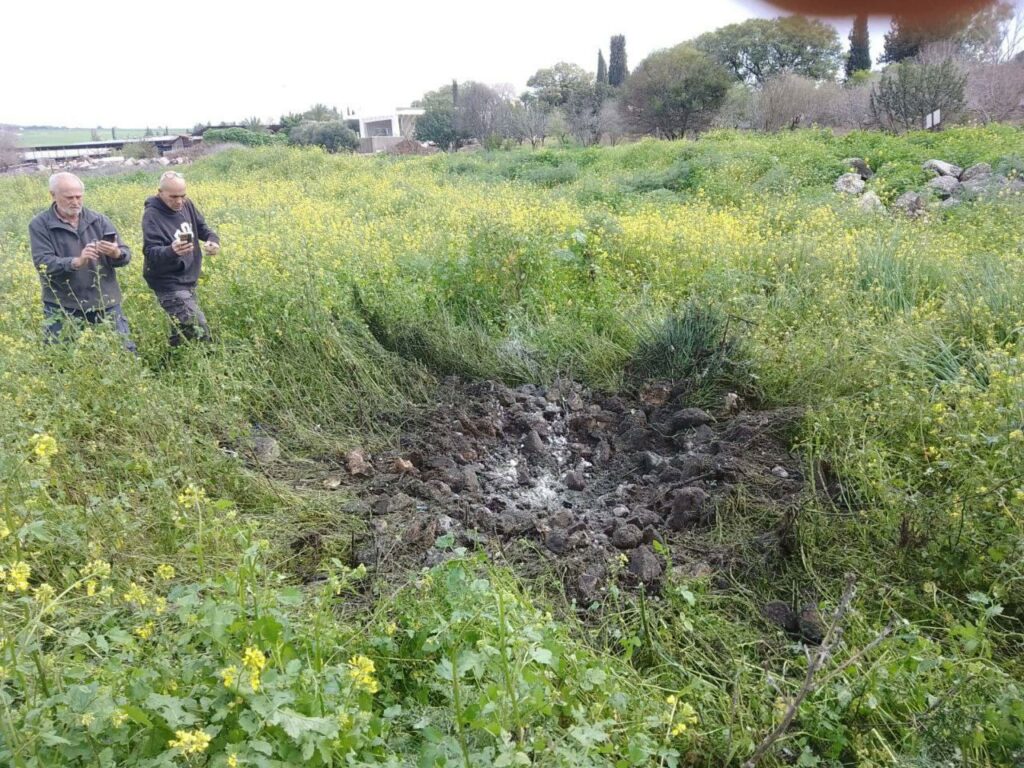
On February 20, Hezbollah launched a UAV toward the Acre area. The drone fell in the community of Bustan-HaGalil. In our estimation, this was a bait UAV. No responsibility was taken. The purpose of such UAVs is to test the responses of warning, air defense, and electronic warfare systems. They are launched along certain paths and at certain heights to test a response, thereby generating operational insights.
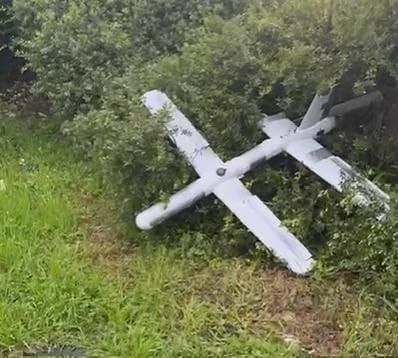
On February 21, an anti-tank missile was fired at a civilian building in Metula, and on February 22, an anti-tank missile was fired at a civilian building toward the community of Kfar Yuval.
The Israeli defense minister stated in an announcement this week that in the event of a temporary lull in Gaza, we would intensify the fire in the north independently and continue until Hezbollah was fully withdrawn and the residents returned to their homes.
As of this writing, according to an announcement by the IDF Spokesperson, dozens of long-range anti-tank missiles were smuggled to Hezbollah, and about 900 UAVs were launched at Israel from various arenas in the Middle East. So far, only 11 UAVs and drones have hit Israeli territory effectively. Most of the UAV and drone launches were carried out from Lebanese territory, but launches were also carried out from Syria, Yemen, and Iraq. It should be noted that dozens of UAV launches were carried out from Iraq, but only one hit Israeli territory on the Golan Heights. Many munitions fall on the long path to Israel. To date, about 2,300 rockets have been fired at Israel from the north.
During the past week, announcements were made affirming the killing of about 9 Hezbollah operatives.
As of October 8, 2023, a total of 215 Hezbollah operatives had been killed. Most of the operatives killed lived south of the Litani River (136 of the operatives killed, constitute 63% of all the operatives killed). Many Hezbollah operatives and their families live in southern Lebanon, near the border with Israel. They operate in southern Lebanon as part of Hezbollah’s geographical units (Nasser / Aziz) and Hezbollah’s designated units (Radwan), while assimilating into the civilian population (human shield tactics).
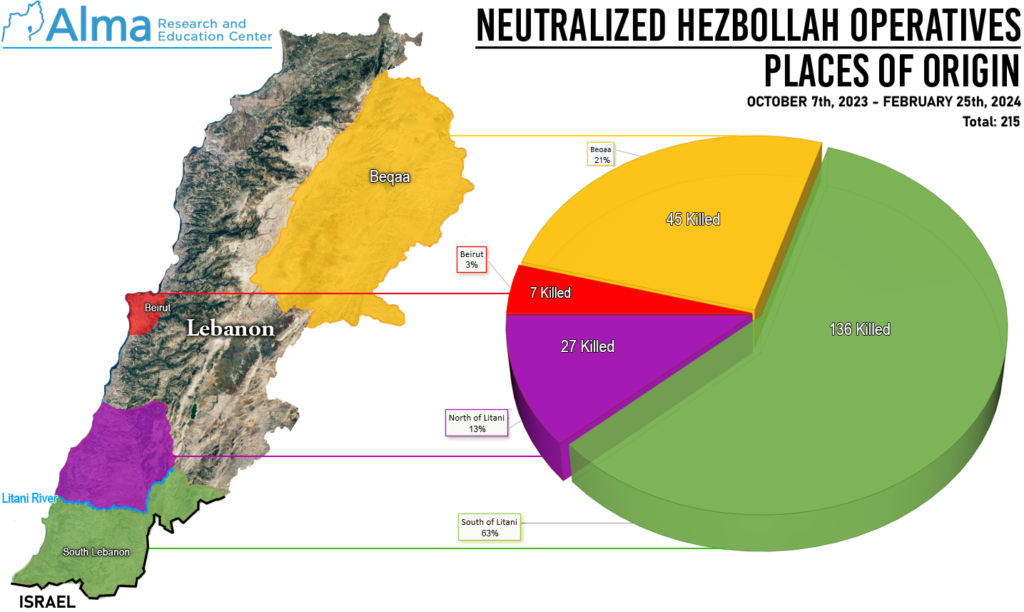
In Lebanon, it is difficult to keep track of the numbers. Last week, it was reported that so far, more than 270 housing units have been completely destroyed in southern Lebanon, and about 1,500 housing units have been partially destroyed. On February 21, Lebanese Interior Minister Bassam Mawlawi reported that in southern Lebanon, 1,000 houses had been completely destroyed and 8,000 houses damaged. He also noted that there are currently about 90,000 displaced persons (it should be noted that according to our estimates, as of the beginning of December 2023, there were up to 50,000 displaced persons from southern Lebanon).
Prominent attacks in Lebanon:
(February 19): Israeli response to Hezbollah’s launching of an explosive UAV in the Tiberias/Arbel area: An attack on two weapons depots south of Sidon, about 50 kilometers from the border in the Ghaziyah area, is considered a distinct area under Hezbollah’s control.
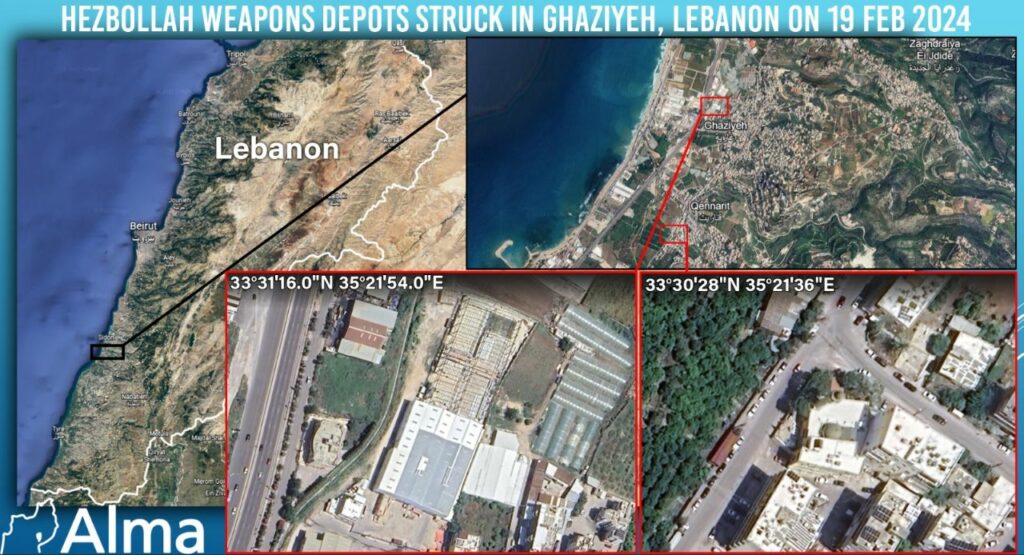
(February 22) A senior commander in the Radwan unit was killed in Nabatiya: Hassan Mahmoud Saleh (known as Hajj Jaafar). Born in 1973, his descent is from Aadchit. Another operative was killed along with him. Saleh is defined as one of the experts in the operation of anti-tank missiles, similar to his brother, who was killed in 2006.
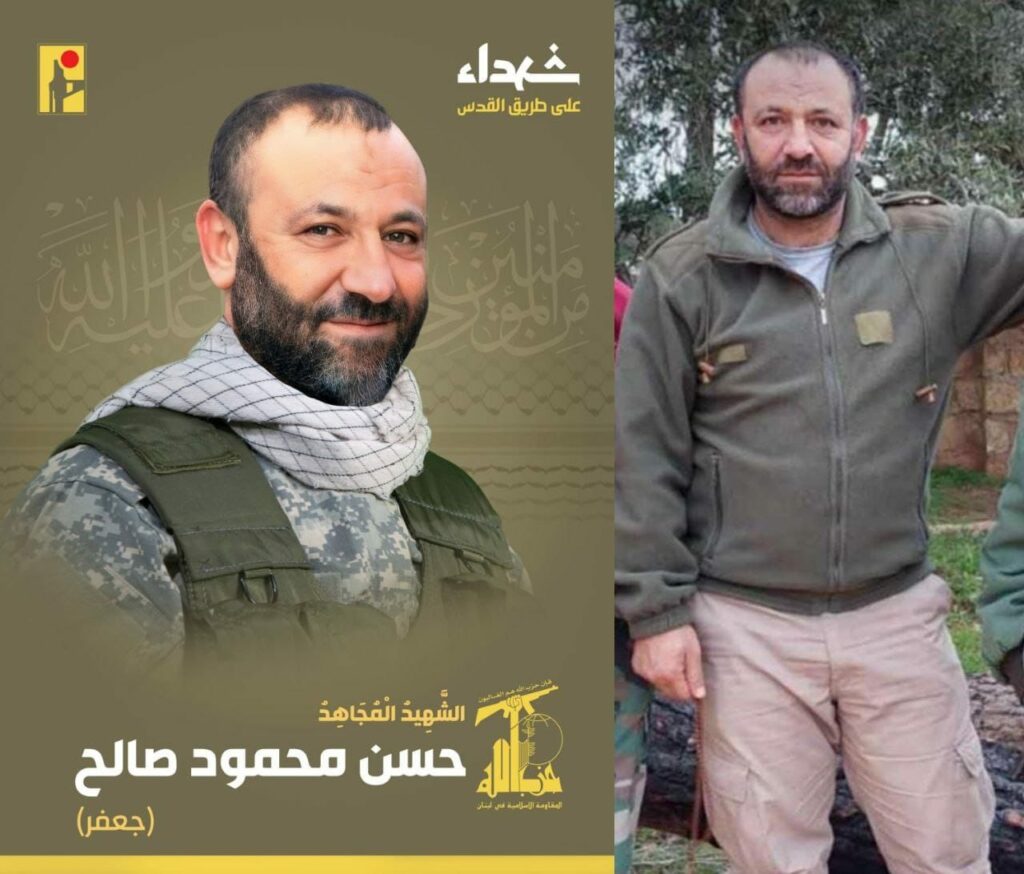
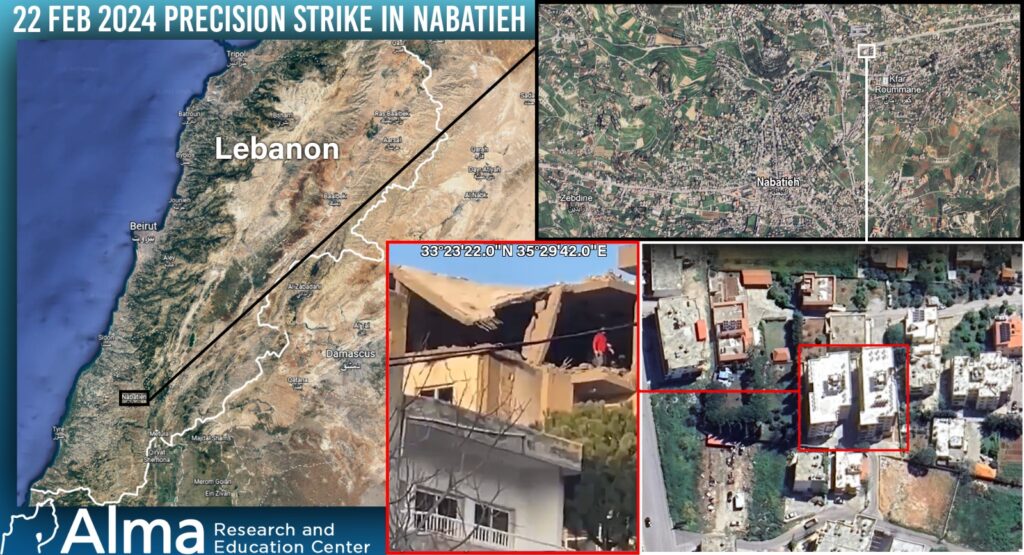
Hezbollah – General:
(February 20) Criticism of Hezbollah by Gebran Bassil considered a major political ally:
Bassil, head of the Christian Free Faction party and son-in-law of former Lebanese President Michel Aoun, may have been considered a political ally of Hezbollah for years, but it seems that over the past year and in light of the negotiations to elect a new president, his relations with Hezbollah have shifted. Note that in Lebanon today, Hezbollah is not influenced by external elements as to whether it goes to war or not. Hezbollah will act only according to how it sees fit and according to its interests (and those of Iran).
On February 21, Hashem Safi al-Din, head of Hezbollah’s Executive Council, declared in a speech that “Lebanon’s only guarantee is weapons against the threats and malicious plans of its enemies… We will strive to obtain the best weapons.”
(February 23) Muhammad Abd al-Rasul Alwiya, a 1967-born Hezbollah commander of Maroun a-Ras, succumbed to injuries sustained in an attack in Bint Jabal two weeks ago.
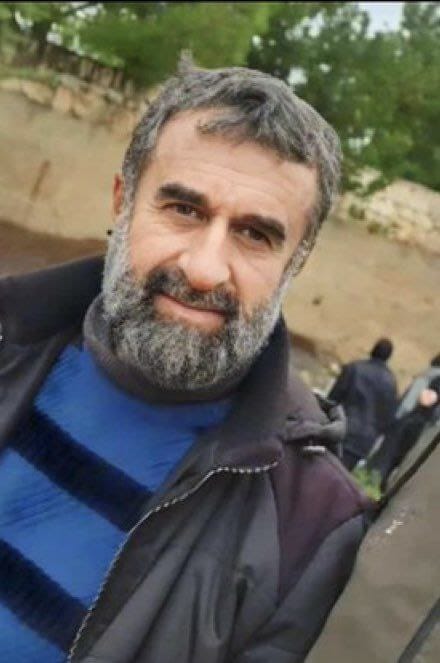
(February 25) – According to Waham Wahab, Hezbollah’s Druze political ally, Hezbollah purchased American-made Javelin anti-tank missiles from Ukraine via the black market.
Lebanon – General:
(February 22) In a popular procession, the town of Majdal Zun mourned the shaheeds Khadija Salman and Hilda Amal al-Dur, in the presence of representatives of the Amal movement leadership and Hezbollah. According to the Lebanese, the two were killed in an Israeli airstrike against one of the civilian buildings in the town. Note that the coffins were covered with the flags of Amal and Hezbollah together.

February 24 – Blida, #Lebanon: This is how #Hezbollah's death culture indoctrination sounds pic.twitter.com/kOljCRakDM
— Israel-Alma (@Israel_Alma_org) February 25, 2024
The Syrian arena:
Prominent attacks in Syria:
(February 21) A targeted airstrike on an apartment in a residential building in the Kafr Sousse neighborhood in southern Damascus. This was a surgical attack on an apartment on the fourth floor of a 9-story residential building. According to local reports, Iranians were hit in the apartment. This has not been verified, and as of this writing, no official Iranian announcements have been issued.
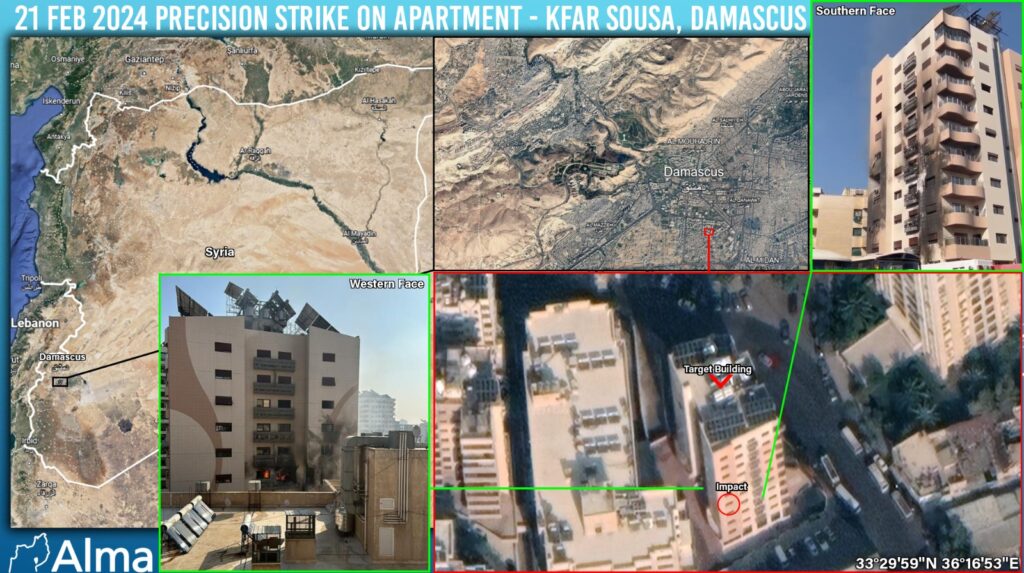
(February 25) According to local reports, on the morning of February 25, an airstrike was carried out against a truck about five kilometers west of the town of Qusayr, past the Al-Atsi Bridge. It was allegedly a Hezbollah weapons truck. The Syrian town of Qusayr and its western geographical area towards Hush al-Sayyid Ali and the Lebanese town of Qasr is a central geographical area where land routes of the arms corridor from Syria to Lebanon pass. Hezbollah controls this area well. Shortly after the attack, Hezbollah announced the deaths of two operatives: Ahmed Muhammad al-Afi (“Mahmoud”), born in 1980 from the town of Brittal in the Bekaa Valley, and Hussein Ali al-Dirani (“Abu Ali”), born in 1986 from the town of Qasrbna, also in the Bekaa Valley. The combination of circumstances of their relatively old age and their origin in the Bekaa Valley strengthens the assessment that they belonged to Hezbollah’s arms transport unit.
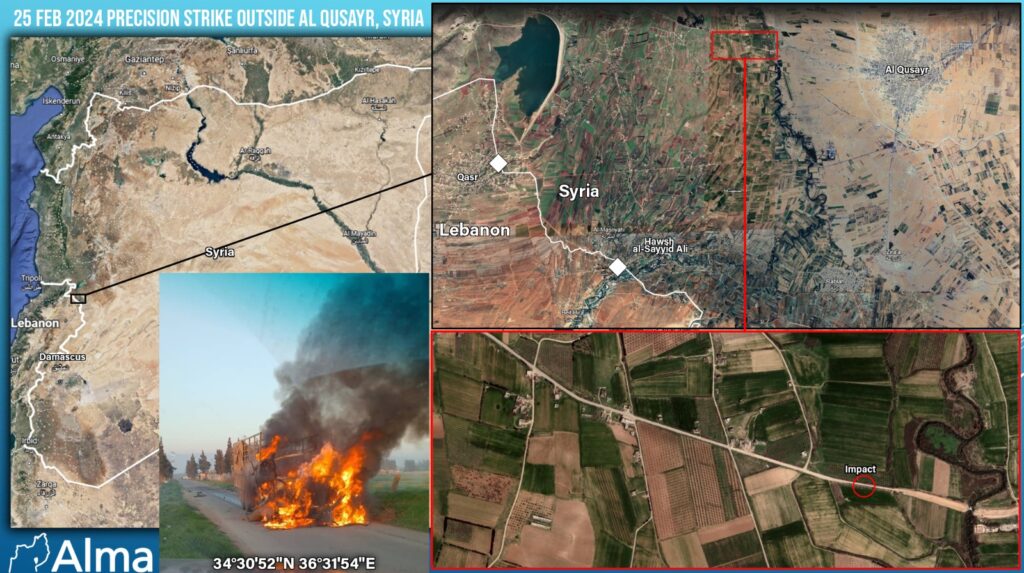


Syria – General:
(February 19) Syrian army soldiers are also engaged in drug smuggling. The Jordanian army returned the bodies of three smugglers they killed in an exchange of fire to Syrian territory through the Nasib crossing. One of the smugglers was an active-duty soldier in Assad’s army from eastern Sweida Province.
(February 23) – Southern Syria – warning leaflets return: warning leaflets against “Shadi Abdullah” were dispersed from the village of Al-Asbah (central Golan Heights, near the Israeli border, south of Khudna). The leaflets warned Abdullah and the locals against collaborating with Hezbollah and the Shiite militias. In our assessment, Abdullah is a local activist in the Golan File Unit. Operatives of Hezbollah’s Golan File Unit are local residents who operate as part of terrorist cells in villages along the entire border with Israel in the Golan Heights sector.
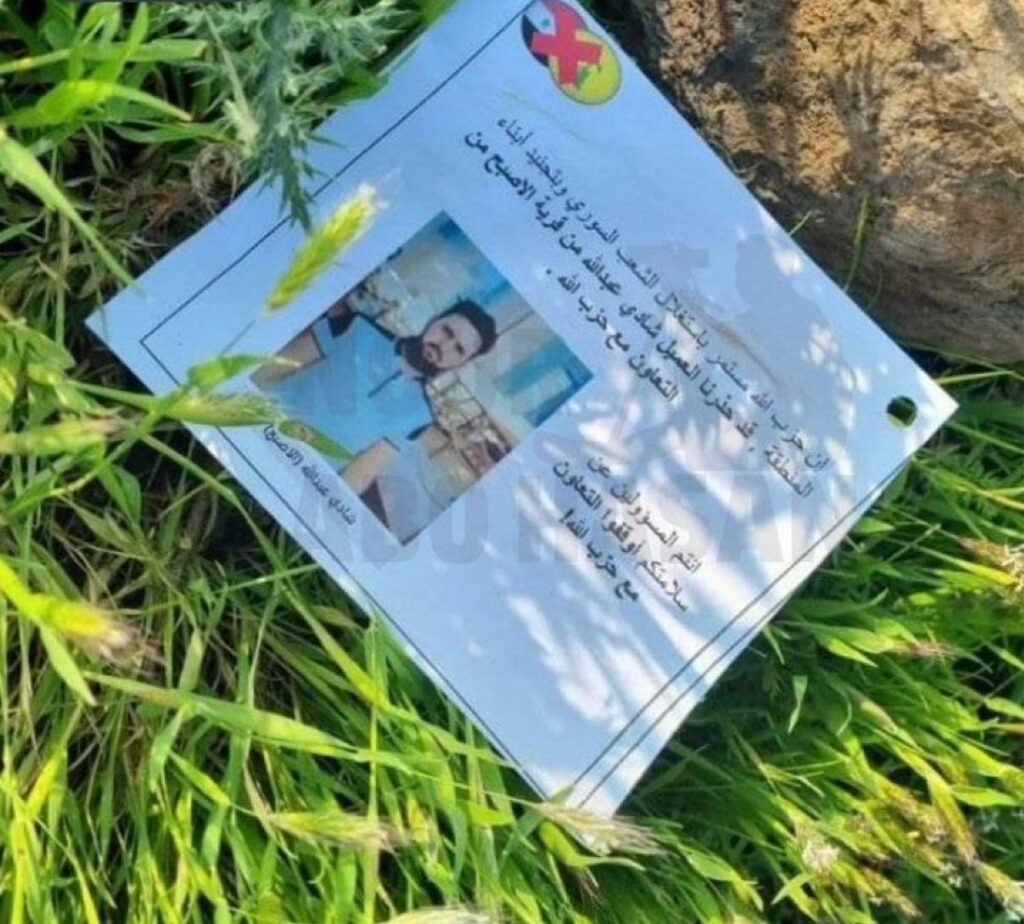
On February 23, an Israeli tank was alleged to have fired several shells at fields near the border near the town of Rafid (which is north of Al-Asbah). It is unclear whether the shooting, if it occurred, was related to the leaflet drop.
Shiite Axis – General:
During the past week, one rocket attack was carried out (February 20) against the American base in the CONOCO gas field in eastern Syria.
Since October 2023, there have been more than 160 firing incidents toward U.S. bases in Iraq and Syria, mostly in eastern Syria.
Yemen – Houthi-land:
During the past week, coalition forces managed to hit 14 UAVs and 18 missiles launched or intended to be launched by the Houthis.
(February 18) Reports that the British-owned oil tanker RUBYMAR hoisting the Belize flag was hit in Bab el-Mandeb. The ship sustained heavy damage, but the crew was evacuated unharmed. The ship reportedly began to sink, and a large oil spill was seen leaking from the tanker.
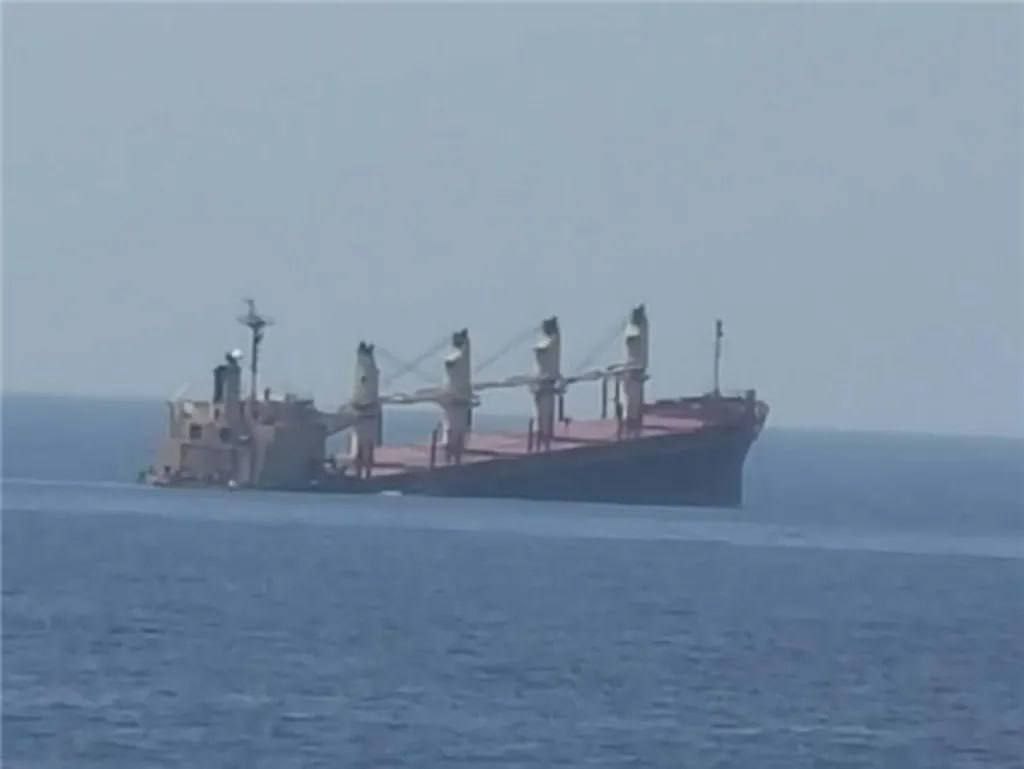
In the early morning hours of February 22, a ballistic missile fired toward Israel was intercepted by the anti-missile Arrow array.
(February 22) At around 9 a.m., two anti-ship ballistic missiles were fired and hit the MV Islander, a British ship hoisting the Palau flag. There was damage, and one person was injured, but the ship continued on its way.
Since October 2023, there have been more than 70 Houthi attacks against ships and the like.

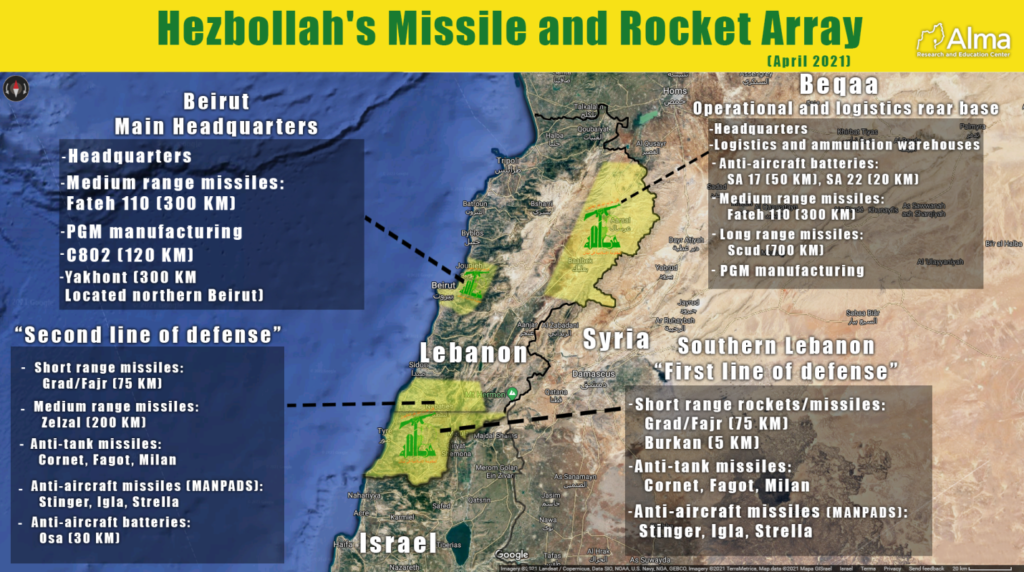





One Response
How many Israeli soldiers have died since October 7th